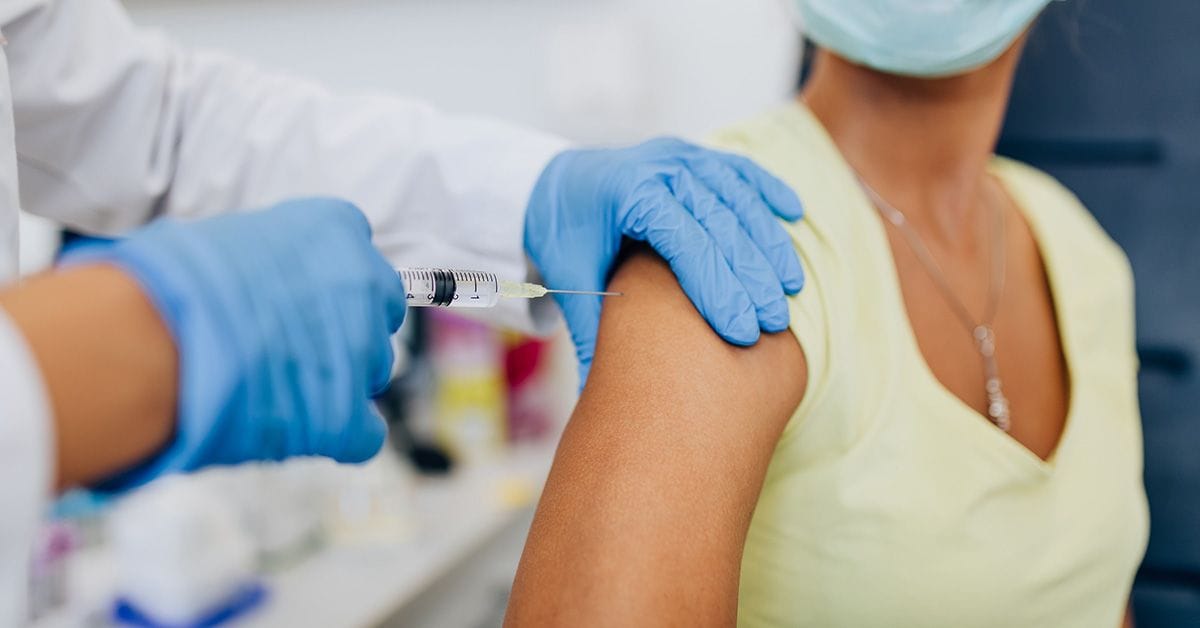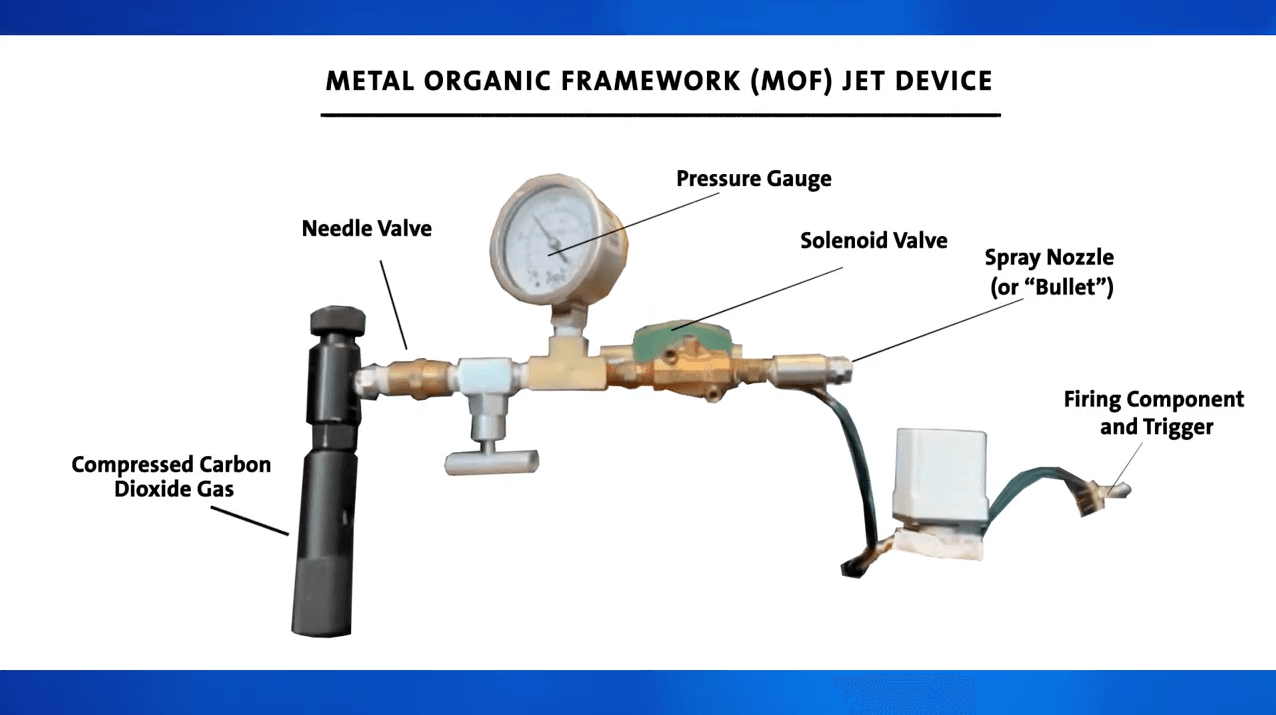Scientists have reported on a new kind of powdered vaccine in a metal–organic framework (MOF) that does not require refrigeration, and can be delivered in a relatively painless way using a jet of compressed gas.

Needle fear, or trypanophobia, is a common hurdle for both children and adults, and at its most extreme, it can contribute to people refusing important medical treatment. For many therapeutics, however, infusion or injection is a necessary route of administration. In particular, vaccines and targeted biologic therapies cannot be delivered orally as they are made from proteins that would degrade in the stomach.
One key solution for managing needle fear is to reduce the associated pain. Jeremiah Gassensmith, Ph.D., and his team of researchers at The University of Texas at Dallas, USA, are looking into a new kind of powdered vaccine in a metal–organic framework (MOF) that doesn't require refrigeration and can be delivered in a relatively painless way using a jet of compressed gas. The researchers say this will allow material to be puffed through the skin, resulting in a sensation of mild pressure rather than the traditional sharp scratch of a needle.
The team are currently using their "MOF-Jet" system to deliver chemotherapeutics for melanoma, the most serious form of skin cancer. Since the technology can disperse material over a wide area, it may result in more consistent and even delivery over the melanoma surface than with a traditional needle.
The Micromotors Driving Injection-Free Insulin
The team described how both air and carbon dioxide were tested as the carrier gas, revealing the potential to customize treatment by controlling the choice of carrier gas, with less acidic carriers acting to slow the release of the drug into the body. “If you shoot it with carbon dioxide, it will release its cargo faster within cells; if you use regular air, it will take four or five days,” says Yalini Wijesundara, a graduate student in Prof. Gassensmith's lab.
The researchers have used MOFs before to improve vaccine formulations by stabilizing proteins and protecting them against thermal degradation. Once locked within the crystalline structure of the MOF, the organic structures of the vaccine become chemically inert—remaining stable until the MOF falls apart on contact with an acid.
Further work on the new MOF-Jet approach to vaccine delivery could offer a promising new approach to medicine delivery for everyone who recoils from the needle.
Watch the video briefing from the ACS Meeting Newsroom:
Explore Related Research in ACS Journals from This Team
Zeolitic Imidazolate Framework Nanoencapsulation of CpG for Stabilization and Enhancement of Immunoadjuvancy
Olivia R. Brohlin, Ryanne N. Ehrman, Fabian C. Herbert, Yalini H. Wijesundara, Arun Raja, Arezoo Shahrivarkevishahi, Shashini D. Diwakara, Ronald A. Smaldone, and Jeremiah J. Gassensmith
Metal–Organic Framework Encapsulated Whole-Cell Vaccines Enhance Humoral Immunity against Bacterial Infection
Michael A. Luzuriaga, Fabian C. Herbert, Olivia R. Brohlin, Jashkaran Gadhvi, Thomas Howlett, Arezoo Shahrivarkevishahi, Yalini H. Wijesundara, Sundharamani Venkitapathi, Kavya Veera, Ryanne Ehrman, Candace E. Benjamin, Sarah Popal, Michael D. Burton, Molly A. Ingersoll, Nicole J. De Nisco, and Jeremiah J. Gassensmith
Hierarchical Porous Carbon Arising from Metal–Organic Framework-Encapsulated Bacteria and Its Energy Storage Potential
Shaobo Li, Xiaoshuang Zhou, Zhuo Chen, Fabian C. Herbert, Rangana Jayawickramage, Samitha D. Panangala, Michael A. Luzuriaga, Sampath B. Alahakoon, Shashini D. Diwakara, Xin Meng, Ling Fei, John Ferraris, Ronald A. Smaldone, and Jeremiah J. Gassensmith
Enhanced Stability and Controlled Delivery of MOF-Encapsulated Vaccines and Their Immunogenic Response In Vivo
Michael A. Luzuriaga, Raymond P. Welch, Madushani Dharmarwardana, Candace E. Benjamin, Shaobo Li, Arezoo Shahrivarkevishahi, Sarah Popal, Lana H. Tuong, Chayton T. Creswell, and Jeremiah J. Gassensmith
